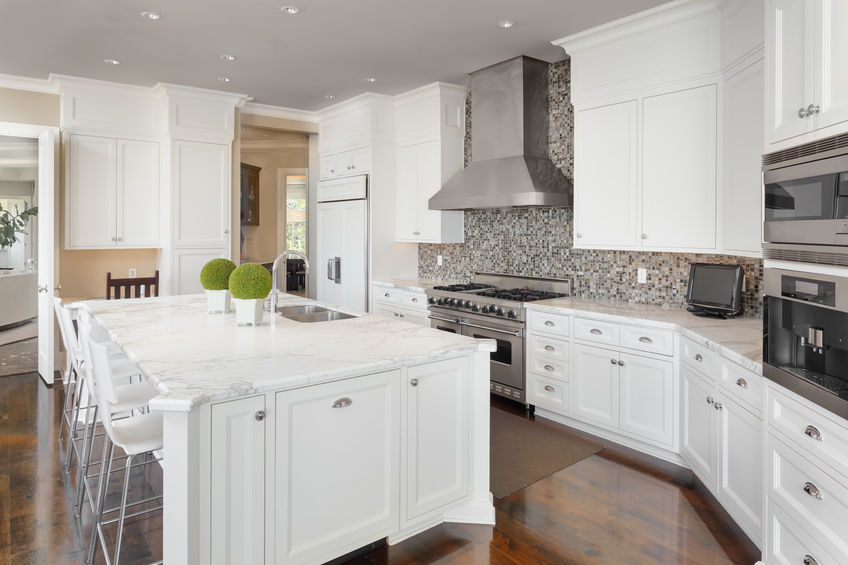For instance, a 100,000 BTU stove needs a minimum of a 1000 CFM range hood. For electric stoves, you will multiply the stove width by 10. So, for a 42 inches electric stove, you need a range hood with 420 CFM. To vent cooking exhaust from your kitchen effectively, we recommend a range hood with 600 CFM.

What is CFM?
CFM is also called cubic feet per minute. CFM is the standard rating for kitchen range hoods. It says that how powerful the fan in the range hood moves air. The most common CFMs for range hoods is between 150-600 CFM but can be higher like 1,000+ for specific house chef range hoods.
Factors That Can Determine a best CFM Range Hood
Amount of Ventilation Needed
The stove size is important when selecting the power of your range hood. A big stove will need a big kitchen range hood. The type and frequency of cooking, the BTUs generated by the stove, are all necessary considerations. Manufacturers provide recommendations on the amount of ventilation that is needed. Generally, range hoods are measured by the fair amount that they can extract from a certain place, which is measured in cubic feet per minute.
Fan Size and Quality
Everything in a range hood begins with a quality fan. A range hood fan should move 100 CFM of air for every 12” of stove width. This means that if you have a stove that is 30” vast then you will need a range hood with a fan that rotates 250 CFM of air.
Range Hood Complexity
Make-up air has to enter from somewhere when you remove the smoke and odors from the kitchen. This can be the air circulated via a filter system or outside air from your HVAC intake system. Range hoods having 300 CFM or more than that, contain a make-up air system that can be expensive to install and operate. It’s important to install a range hood as per your needs in order to get the best value and functionality.
Range Hood Noise
A big range good has a less powerful fan to decrease the amount of noise when powered on. One option you can consider is to install a powerful fan with variable speed control. All these features deliver better performance without being too noisy. A quiet and good fan has a rating of 65 decibels.
The Best CFM for a Range Hood
The power for range hoods is measured in CFM. Commercial kitchens or households that do heavy cooking should have a range hood with a minimum of 350 CFM. This amount of power is sufficient to pull out excess steam and strong odors from the kitchen. The minimum rate of 1 CFM of ventilation per 100 BTU is suggested for high-output cooktops or gas ranges.
For example, a burner that has an output of 35,000 BTUs, then it should have a range hood that can give 350 CFM to clear the air in an efficient way. However, buying a range hood with a high CFM comes with its downsides as it produces noise. Buying a range hood having a low CFM cannot remove unpleasant odors, smoke, from the kitchen that cause poor indoor air quality.
You should remember that some states can have restrictions on the power a blower can have. It is important for you to consider these factors when you will be buying a range hood to avoid expensive lawsuits that can happen in the future. Range hoods come with various features that improve our way of living. You will select a range hood having a good CFM as per your preferences, budget, noise convenience. Range hoods with higher CFM have powerful blower fans, which will make noises compared to range hoods with a low CFM. More airflow doesn’t guarantee fast venting but makes sure good smoke capture and removal.
Calculating airflow that is required by a range hood is not that difficult if you know how to do it. Where there are questions or discrepancies, please follow the guidelines set forth by the range hood manufacturer or check with the HVI for their recommendation, which is a good idea before taking on any ventilation project in the home.
